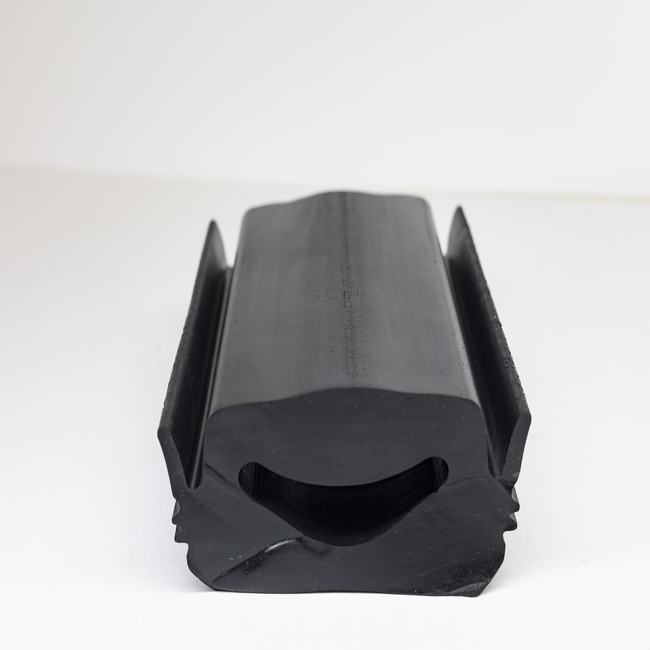Ship seals, often referred to as maritime seals or shipboard seals, are critical components used in various types of ships and vessels to prevent water ingress, maintain buoyancy, and ensure the safety and integrity of the vessel’s compartments. These seals are designed to withstand the challenging marine environment and are used in numerous applications on ships. Here is more information about ship seals:
1. Types of Ship Seals:
There are several types of ship seals, each serving a specific purpose:
- Hatch Seals: Hatch seals are used to create a watertight seal on cargo hatches or access points on a ship, such as those on container ships, bulk carriers, and tanker vessels. They prevent water from entering cargo holds or other compartments, ensuring cargo safety and preventing flooding.
- Watertight Door Seals: Watertight door seals are used in bulkheads and doors within the ship’s structure to maintain watertight integrity. They are crucial for compartmentalization, preventing the spread of water in case of damage or flooding.
- Porthole and Window Seals: Porthole and window seals are used to create a watertight and airtight seal around ship windows and portholes, ensuring the integrity of the vessel’s superstructure.
- Shaft Seals: Shaft seals are used to prevent water ingress into the ship’s hull through the shaft openings where propulsion systems, such as propeller shafts or rudder shafts, penetrate the hull. They are commonly used in various types of ships, including submarines.
- Cable and Pipe Penetration Seals: These seals are used where cables, pipes, or conduits pass through the ship’s hull, bulkheads, or watertight compartments. They prevent water ingress while allowing for the passage of necessary equipment and services.
2. Material Composition:
Ship seals are typically made from durable and resilient materials designed to withstand harsh marine conditions. Common materials used for ship seals include rubber, neoprene, silicone, and other elastomers. These materials provide flexibility, compression, and resistance to saltwater, UV radiation, and temperature fluctuations.
3. Importance and Safety:
Ship seals play a vital role in ensuring the safety and functionality of vessels. Properly maintained seals are essential for preventing flooding, maintaining buoyancy, and ensuring the structural integrity of the ship. In cases of damage, malfunction, or compromised seals, a ship’s seaworthiness and safety can be at risk.
4. Installation and Maintenance:
Installation of ship seals requires precise fitting and sealing to ensure their effectiveness. Regular inspections and maintenance are essential to identify and address any wear, damage, or deterioration of the seals. Damaged seals should be promptly replaced to maintain watertight integrity.
5. Regulations and Standards:
The maritime industry is subject to international regulations and standards, such as those set by the International Maritime Organization (IMO) and classification societies. Ship seals must comply with these regulations and undergo inspections and testing to verify their integrity and compliance.
In summary, ship seals are critical components for maintaining the watertight integrity, safety, and functionality of ships and vessels. They are used in various applications on ships to prevent water ingress, maintain buoyancy, and ensure compartmentalization. Proper selection, installation, and maintenance of ship seals are essential for the safety and seaworthiness of vessels in the marine environment.









